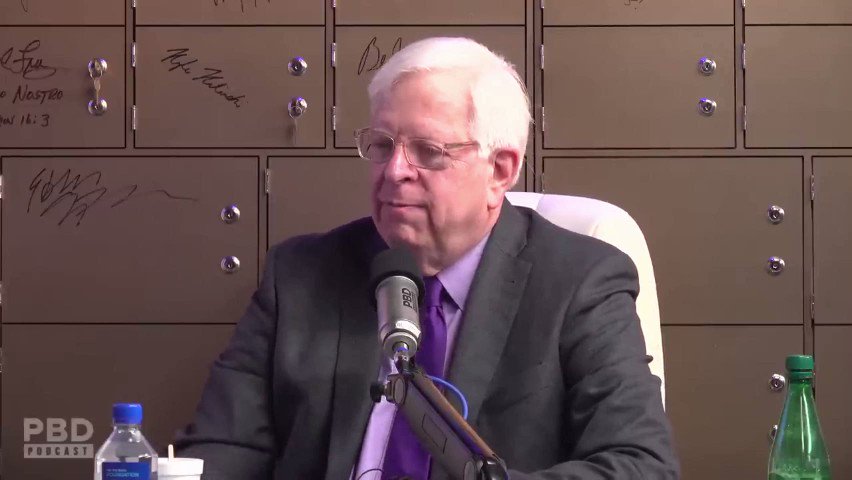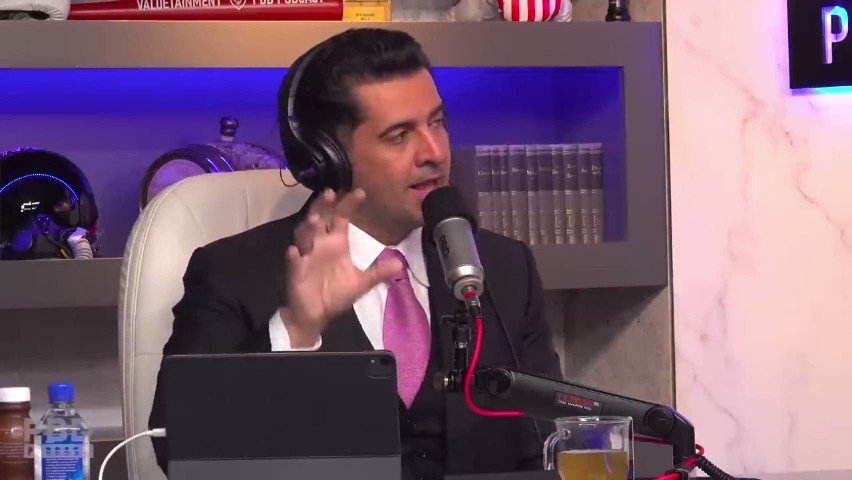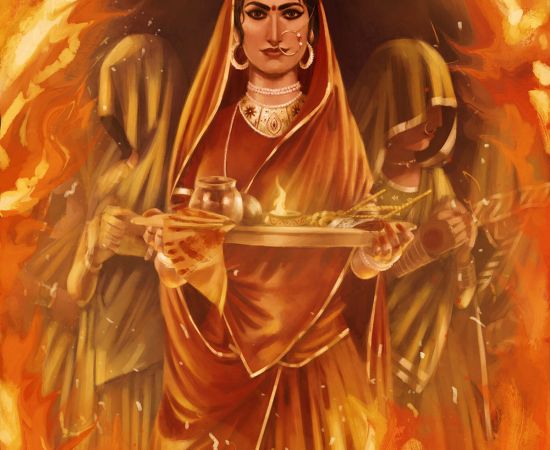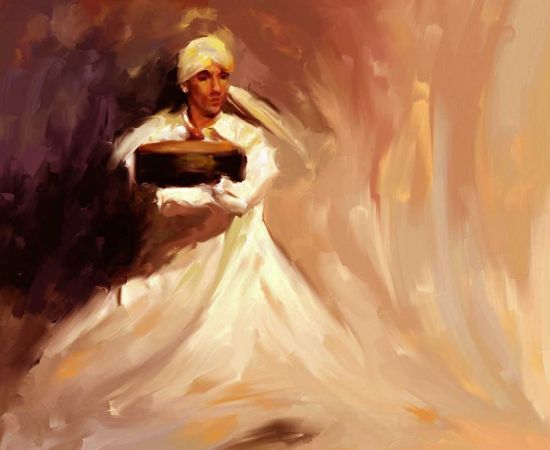More Coverage
Twitter Coverage
Satyaagrah
Written on
Satyaagrah
Written on
Satyaagrah
Written on
Satyaagrah
Written on
Satyaagrah
Written on
JOIN SATYAAGRAH SOCIAL MEDIA
"गोलमाल है भाई सब…": Justice Karnan was jailed for naming 20 corrupt judges in a letter to PM, stripped of powers, silenced & declared unfit, while Justice Varma, caught with crores in cash, faced no FIR and reappointed as a judge in Allahabad High Court
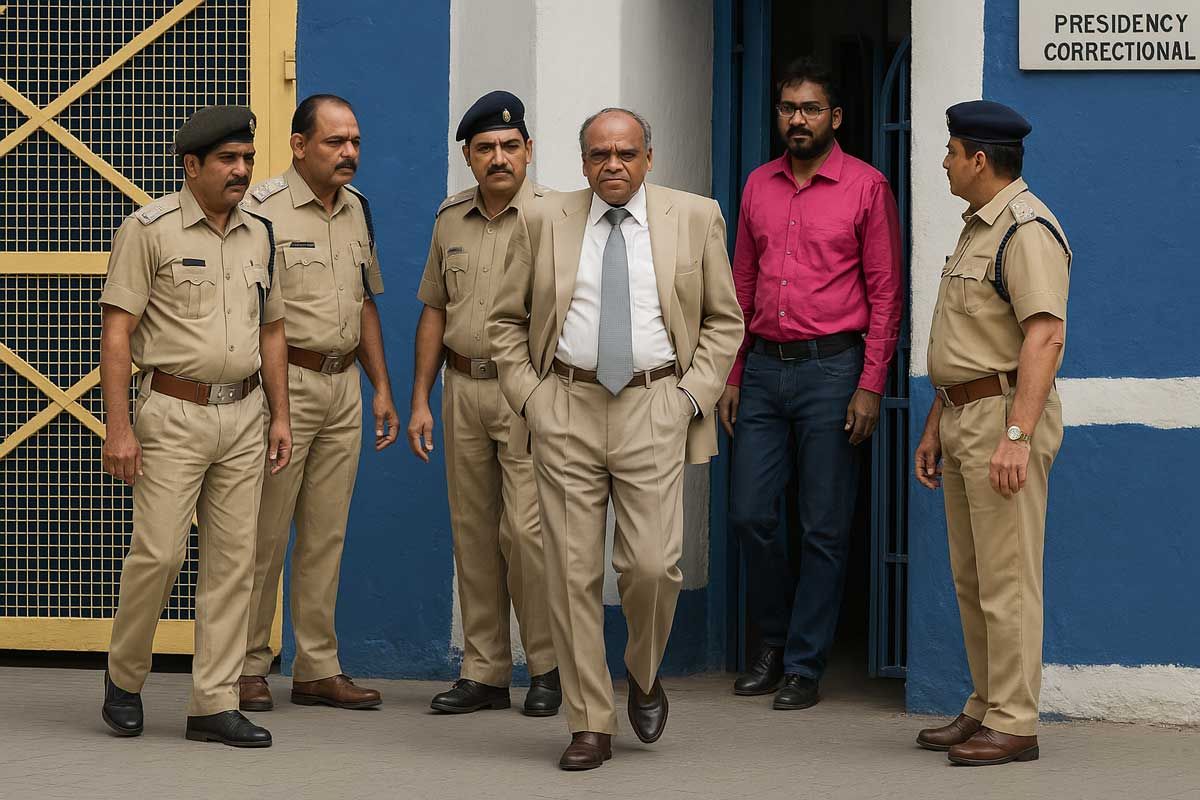
Imagine a man stepping out into the open air, his coat resting on his shoulders, walking with the steady ease of someone who’s faced the worst and come through it. That’s Justice C.S. Karnan, leaving Kolkata’s Presidency Jail on Wednesday, December 20, 2017, after serving a six-month sentence for contempt of court. This wasn’t just another day—it was the end of a long, hard fight for a judge who took on the Supreme Court of India and felt the full weight of its response.
|
Justice Karnan and controversy go together like ink and paper. His release from jail closed a chapter that started when he challenged the judiciary in ways few dared. After six months behind bars, he stepped out a free man, his defiance still ringing in the air. “The rules of law apply to error-prone humans, hence they need to be tempered with compassion and pronounced with humility,” the philosopher Seneca once said. But when the Supreme Court found Karnan guilty of contempt on May 9, 2017, it seemed to skip the compassion part. The decision came down hard, leaving little room for the human side of justice.
The court didn’t hold back, using its contempt powers without giving Karnan a full chance to defend himself. He refused to accept their authority, and though they offered him opportunities to explain his actions, he stood his ground. “Hearing is an integral component of any fair procedure,” yet that key piece was missing. Without it, the Supreme Court’s ruling felt incomplete, more like a show of strength than a balanced judgment. They issued the contempt notice, set the terms, and expected Karnan to fall in line—he didn’t.
Karnan was fighting a battle of his own, one tied to his claims of caste discrimination. The Supreme Court, though, was focused on his “misconduct” and “insubordination.” By not responding to their charges, he kept his story of casteism from being swept under their rug of rules and order. “The Supreme Court gave short shrift to his complaints of casteism,” dismissing them with barely a nod. For Karnan, a Dalit judge, this wasn’t just about protocol—it was about exposing a system he believed was unfair.
His career is full of firsts, some tougher to carry than others. In 2011, he became the first High Court judge to approach the National Commission for Scheduled Castes and Scheduled Tribes, saying his colleagues at the Madras High Court were harassing him because of his caste. He spoke out plainly, accusing fellow judges of targeting him as a Dalit. One incident stuck with him: he said a judge “deliberately” touched him with his foot, a small but sharp jab at his identity. Then, on January 23, 2014, he walked into another courtroom during a public interest case, interrupting a two-judge bench without a second thought.
|
That kind of move didn’t sit right with the Madras High Court. They’d had enough and asked the Supreme Court to transfer him. Chief Justice J.S. Sathasivam stepped in, ordering Karnan moved to the Calcutta High Court on March 11, 2014. Karnan fought back, issuing a stay on his own transfer and demanding the CJI explain himself. The Supreme Court, now under Justice J.S. Khehar, told the Madras High Court to stop assigning him cases. Eventually, he had to make the move to Kolkata.
But Karnan wasn’t one to quiet down. On January 23, 2017, with demonetization still fresh, he wrote an open letter to Prime Minister Narendra Modi. In it, he listed 20 sitting and retired Supreme Court and High Court judges who had indulged in corruption and called for central agencies to investigate. The Supreme Court didn’t let that slide. On May 9, 2017, they sentenced him to six months in jail for contempt. Karnan didn’t go quietly—he evaded arrest, moving between states until June 20, 2017, when police caught him in Coimbatore, Tamil Nadu, and took him to Kolkata’s Presidency Jail.
He earned a tough title: the first sitting High Court judge in India to be jailed. Arrested on Tuesday night, June 20, 2017, in Tamil Nadu, he was sent to Kolkata, where a bail plea on June 21, 2017, was quickly rejected by the Supreme Court. “He was found guilty of making allegations against fellow judges,” and that was that.
Karnan’s troubles boiled over when he decided to take his fight straight to the top. He was convicted of contempt of court by the country’s Supreme Court after sending a letter to the Prime Minister, Narendra Modi, in which he urged action against them the judges, and that move didn’t sit well with the powers that be. By February 2017, the Supreme Court had clipped his wings. He was stripped of his judicial powers in February, that year, meaning he couldn’t hear cases or handle any court business anymore. It was a big blow, but Karnan wasn’t the type to just sit back and take it.
The whole mess traced back to January 2017, when he put pen to paper and reached out to the Prime Minister. The stand-off dates from January, when Justice Karnan wrote a letter to Prime Minister Narendra Modi flagging up the names of 20 judges he alleged were corrupt and three senior law officials, laying out a list that stirred up a hornet’s nest. He didn’t bring receipts—no hard proof to back up his claims—but he wasn’t shy about what he wanted. He failed to provide any evidence against those named in the list but at the same time urged Mr Modi to investigate and take action against them, hoping the government would step in and dig into the dirt he was pointing at. Instead, the central government kept it all hush-hush. The central government, however, refused to make the letter public, locking away whatever Karnan had spilled onto the page.
|
The Supreme Court wasn’t about to let him off easy. They hauled him in front of a bench and put a stop to his work. After that he was summoned before the top court and barred from performing any judicial or administrative functions, leaving him sidelined in his own profession. Karnan didn’t take it lying down—he came back swinging, turning the accusations around on the judges themselves. Justice Karnan responded by accusing the seven judges of caste discrimination, banning them from leaving the country and demanding compensation, throwing a curveball that caught everyone off guard. The Supreme Court, with Chief Justice J.S. Khehar at the helm, decided to dig into his head instead of his claims. A seven-judge Supreme Court bench that included Chief Justice JS Khehar then ordered a psychiatric evaluation of Justice Karnan by a panel of government doctors, hinting they thought something was off with him.
Karnan wasn’t one to let that slide. He flipped the script right back on them. Justice Karnan angrily responded by ordering similar tests for the seven top court judges, matching their order with one of his own, as if to say, “If I’m crazy, so are you.” Things escalated in May 2017, when he went even further. In May, he passed an unprecedented order sentencing India’s chief justice, and seven other judges of the Supreme Court, to five years in prison, dropping a bombshell that no one saw coming. He didn’t hold back on why, either. The order said the judges were guilty of discrimination and harassment, among other charges, laying out his grievances for all to see. The Supreme Court tried to muzzle him after that. The top court has barred the media from publishing and broadcasting Justice Karnan’s statements, hoping to keep his voice from spreading too far.
This all kicked off in 2017, when Karnan, then 61, decided to name names. The face-off between 61-year-old Justice Karnan and the Supreme Court started in the year 2017 after he named 20 ‘corrupt judges’ of the country and wrote to Prime Minister Narendra Modi demanding an investigation, setting the stage for a showdown. His earlier transfer from Madras High Court to Kolkata in 2014 had already rubbed him raw. As the Supreme Court transferred him from Madras High Court to Kolkata, Justice Karnan hit back, saying he was being victimised as he was a Dalit, tying it all back to his identity and the way he saw the system treating him.
Karnan didn’t just roll over—he met every jab from the Supreme Court with a punch of his own. With summons, contempt and defamation allegation, Justice Karnan had matched every order of the top court. All the counter-orders have been issued from his home, which the judge has termed his ‘home court’, turning his house into his own little courtroom. When they accused him of contempt, he didn’t blink—he filed a defamation case against them instead. After the top court accused him of contempt, Justice Karnan filed a defamation case against the judges. After one appearance in the court, he demanded that the judges appear before him, daring them to face him on his turf. The Supreme Court doubled down, questioning his sanity and telling everyone to ignore him. The Supreme Court responded saying it doubts the mental fitness of the judge to defend himself and ordered a psychiatric evaluation. It also asked the courts and tribunals across the country to ignore any order passed by Justice Karnan, who is scheduled to retire within a month, with his retirement set for June 2017.
They gave him an ultimatum: say sorry or do the time. The Supreme Court order said: Apologise or serve 6 months RI in the Cooler, but Karnan wasn’t about bending the knee. Karnan REFUSED TO APOLOGISE & served his 6-month jail term, choosing jail over surrender. Back then, plenty of folks said he was unhinged. At that time, those opposed to Karnan said he was mentally unstable, painting him as a wild card. But later, when piles of cash turned up at another judge’s place, people started rethinking his words. But now, after crores of black money were discovered from a judge’s house, it seems that Karnan was speaking the truth, and suddenly his accusations didn’t sound so far-fetched.
|
Karnan saw rot in the judiciary and tried to do something about it. Only the judiciary can clean up the judiciary. What Justice Karnan attempted was a small step in that direction. We can only hope that more judges like him will emerge in the future, a wish for more voices willing to call it like they see it. He wasn’t flawless, but he was real, and that’s worth something in a system that sometimes feels too comfortable hiding its flaws.
Then there’s Justice Yashwant Varma, a name tied to a different kind of mess. Justice Yashwant Varma, who is facing a Supreme Court-monitored inquiry after the discovery of a huge amount of cash at his residence, took oath as a judge of the Allahabad High Court on Saturday in a low-key private setting, stepping into his role on April 1, 2023. But he’s not getting to work just yet. However, Justice Varma will not be assigned any judicial work until the in-house inquiry against him is ongoing, keeping him on the bench but out of action. He’s no small fry, either. After the Chief Justice of the Allahabad High Court, Justice Varma is the sixth in seniority, a big position now tainted by suspicion.
His oath wasn’t the usual public show. Unlike the normal public oath-taking ceremonies typically held for judges, Justice Varma took his oath in a private chamber, done quietly behind closed doors. The Allahabad Bar Association wasn’t thrilled about his return from Delhi. Despite protests by the Allahabad Bar Association over his transfer, the Centre notified his repatriation from Delhi to the Allahabad High Court on March 28, following the Supreme Court Collegium’s nudge. The lawyers made their stance clear. The bar body had said it would not tolerate judges facing corruption charges and launched an indefinite strike, pushing back hard until Chief Justice Sanjiv Khanna stepped in. However, they put it on hold after Chief Justice Sanjiv Khanna assured the body that its demand would be looked into, easing tensions for the moment.
The Supreme Court had its say too, turning down a call for an FIR against Varma. Last week, the Supreme Court dismissed a petition seeking an FIR against Justice Varma, calling the plea ‘premature’, pointing to an ongoing probe by a three-member panel. The top court said the three-member panel was probing the matter and a decision on registration of an FIR would be taken after the conclusion of the inquiry, keeping things in limbo. The folks pushing the case weren’t happy—nothing had moved since the cash surfaced. The petitioners claimed that there were no arrests or seizures made after the scandal came to light on March 20, leaving the whole thing hanging.
Karnan and Varma are two sides of a coin—one loud and locked up, the other quiet and still in the game. The judiciary’s got a knack for shielding its own, letting someone like Varma sit pretty while Karnan took the fall for shouting about the mess. It’s a funny kind of justice, isn’t it?
 Support Us
Support Us
Satyagraha was born from the heart of our land, with an undying aim to unveil the true essence of Bharat. It seeks to illuminate the hidden tales of our valiant freedom fighters and the rich chronicles that haven't yet sung their complete melody in the mainstream.
While platforms like NDTV and 'The Wire' effortlessly garner funds under the banner of safeguarding democracy, we at Satyagraha walk a different path. Our strength and resonance come from you. In this journey to weave a stronger Bharat, every little contribution amplifies our voice. Let's come together, contribute as you can, and champion the true spirit of our nation.
 |  |  |
| ICICI Bank of Satyaagrah | Razorpay Bank of Satyaagrah | PayPal Bank of Satyaagrah - For International Payments |
If all above doesn't work, then try the LINK below:
Please share the article on other platforms
DISCLAIMER: The author is solely responsible for the views expressed in this article. The author carries the responsibility for citing and/or licensing of images utilized within the text. The website also frequently uses non-commercial images for representational purposes only in line with the article. We are not responsible for the authenticity of such images. If some images have a copyright issue, we request the person/entity to contact us at satyaagrahindia@gmail.com and we will take the necessary actions to resolve the issue.
Related Articles
- 5 lakh kg of temple jewellery has been melted so far, DMK government planning to melt even more
- "Mediocre minds usually dismiss anything which reaches beyond their own understanding": Allahabad HC dismisses PIL seeking Judicial Probe into death of 63 children at Gorakhpur Hospital in 2017, UP Govt had terminated services of Dr. Kafeel Ahmad Khan
- "Emails For Justice": The SC fast-tracks Moitra's plea after CJI's email invite; when emailing judges is the secret weapon, Moitra's urgent plea against Lok Sabha expulsion becomes a test case for judicial responsiveness in high-profile scenarios
- "Can omnibus orders be passed against demolitions": Supreme Court asks in Jamiat pleas challenging "Bulldozer" actions against anti-social elements in Uttar Pradesh and other states, refuses to pass interim orders, next hearing on Aug 10
- Madras High Court noted that 'tolerance is the hallmark of Hinduism, devotees could not be denied their right to worship at any cost': directed authorities to allow chanting prayers at Sri Varadaraja Perumal Temple
- "Devotional songs of a Christian Yesudas rendered on Hindu Gods without any demur in temples": Madras High Court plays nosy-parker with Hindu faith stating that non-Hindus cannot be prevented entry into temple if he has faith in that Hindu deity
- Husband submitted that his wife living separately for 10 years, she implicated false 498-A IPC, in which he was acquitted, and prayed for divorce on ground of mental cruelty: Court concurred disputes not serious
- Writ petition of Irfan scrapped by Allahabad High Court of seeking permission for Azaan on loudspeakers in the mosque, says ‘not a fundamental right’: Read details of the case
- "Success & all good things in life, start with a genuine concern for others": Supreme Court collegium publishing RAW, IB opinions on candidates for judgeship a matter of concern, crores of pending cases, delay of justice is denial of justice: Kiren Rijiju
- In a major development, Mathura court allowed a plea to remove the disputed structure of the Shahi Idgah Mosque near Krishna Janmabhoomi for hearing: suit filed in the name of "Bhagwan Sri Krishna Virajman"
- Plea of MP Navneet Rana and husband MLA Ravi Rana to quash FIR for the gruesome and heinous crime of reciting Hanuman Chalisa outside Matoshree dismissed by Bombay HC: Justices stated that it was devoid of merit
- "Justice is blind; that's why it's always bumping into things": Punjab and Haryana High Court, with a generous dash of magnanimity, pressed the pause on Nuh's demolition, playing indulgent parent they took cognizance, giving 'innocent' rioters a breather
- "Freedom by expiry": Jailed in 1977 for a murder he didn’t commit, 104-year-old Lakhan Pasi walks free after 48 years—just as the Supreme Court begins its 2-month summer vacation, because what’s a lifetime lost when justice can nap in May and June
- "We must distinguish between speaking to deceive and being silent to be reserved": After Delhi and Allahabad, Madhya Pradesh High Court also admitted PIL challenging the constitutional validity of the Waqf Act, enacted by Congress Govt in 1995
- "Honest conviction is my courage; the Constitution is my guide": VP Jagdeep Dhankar took exception to Courts quashing changes made by parliament to the Constitution, says "Nowhere in the world Constitutional provisions are undone by courts like in India"









